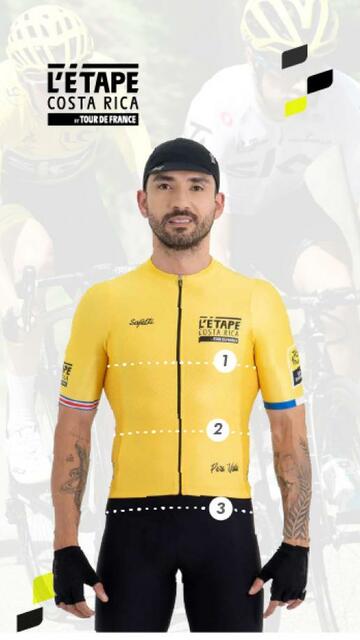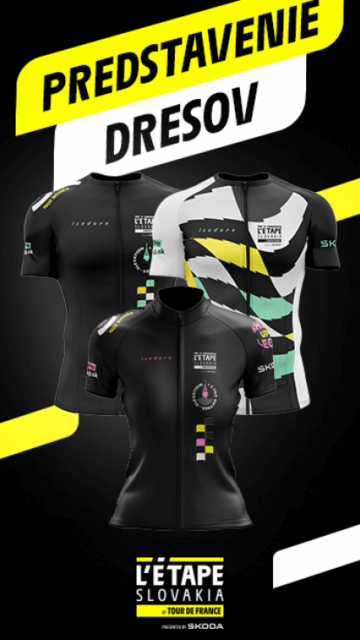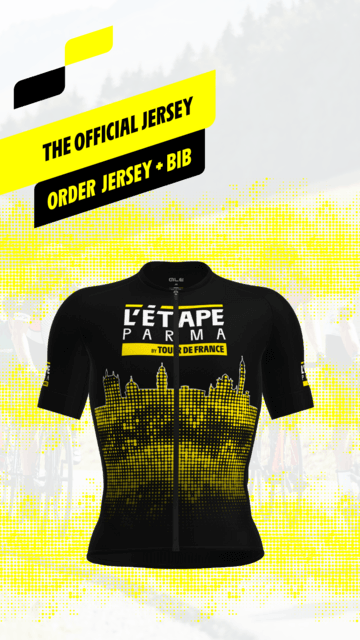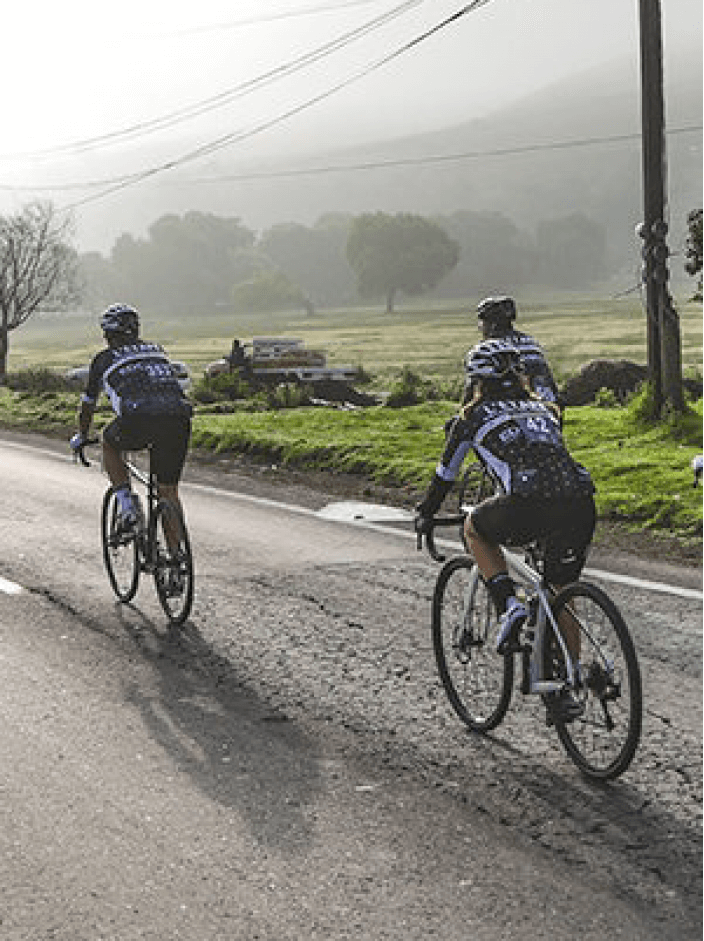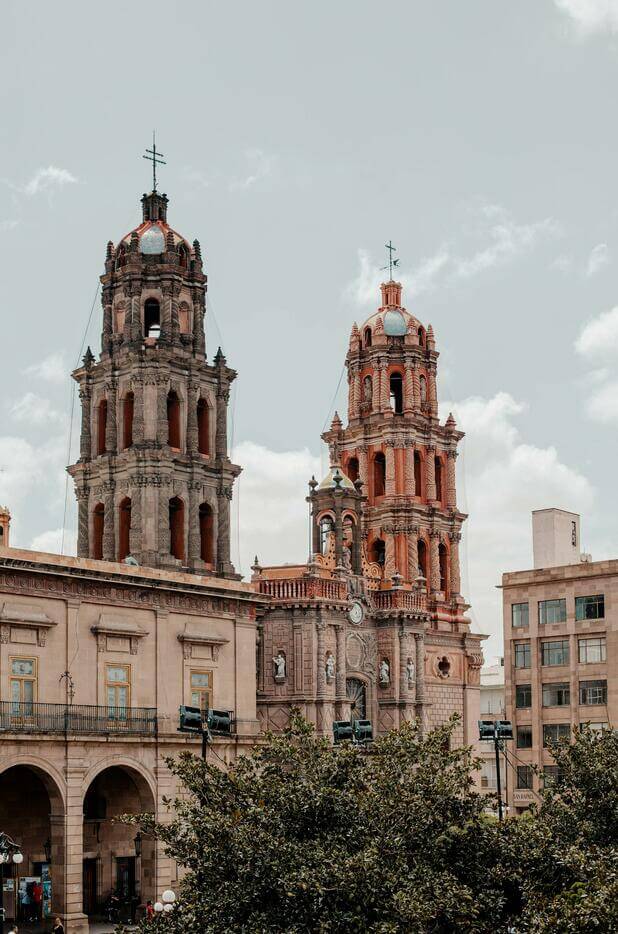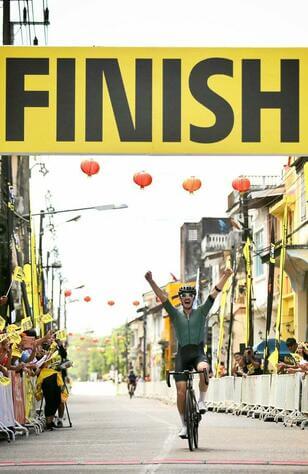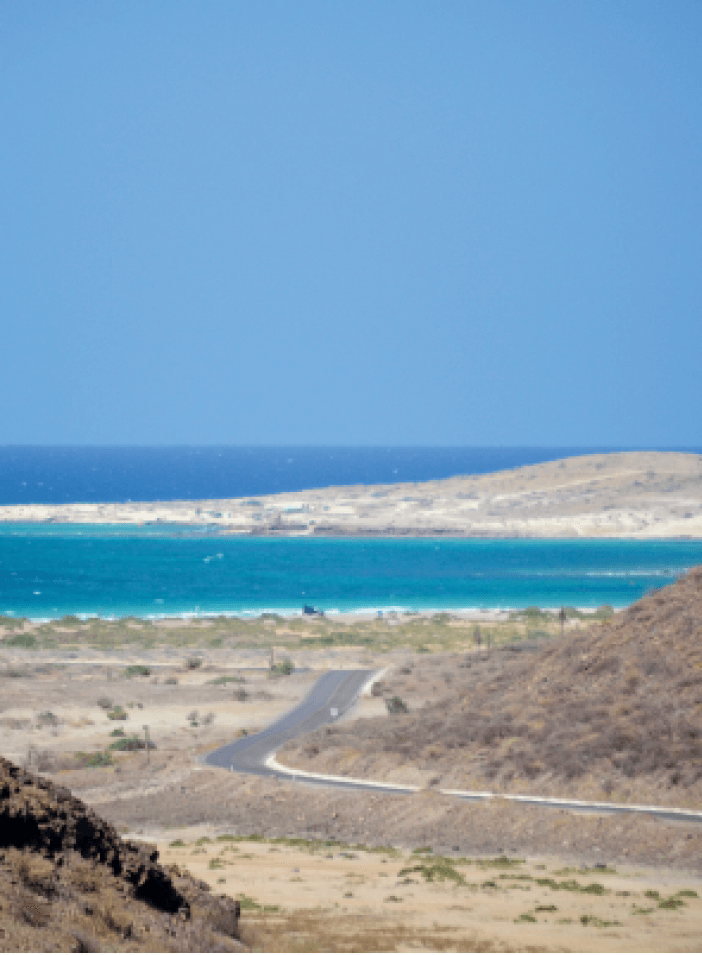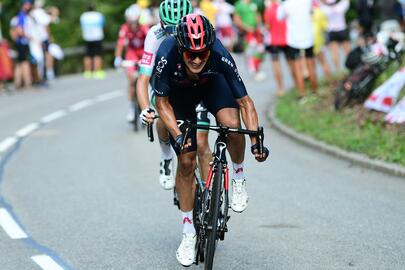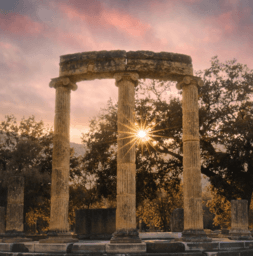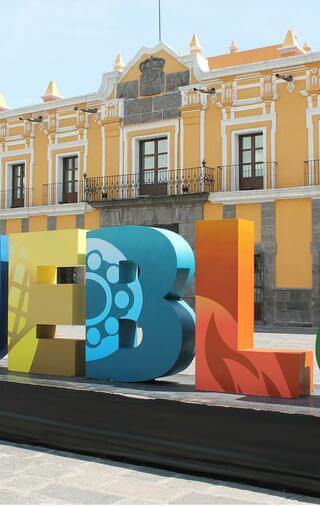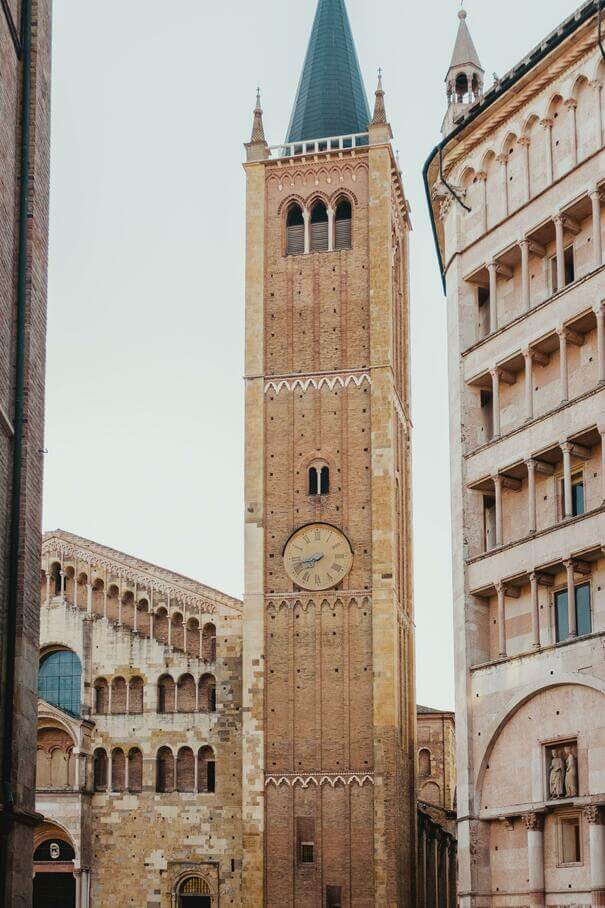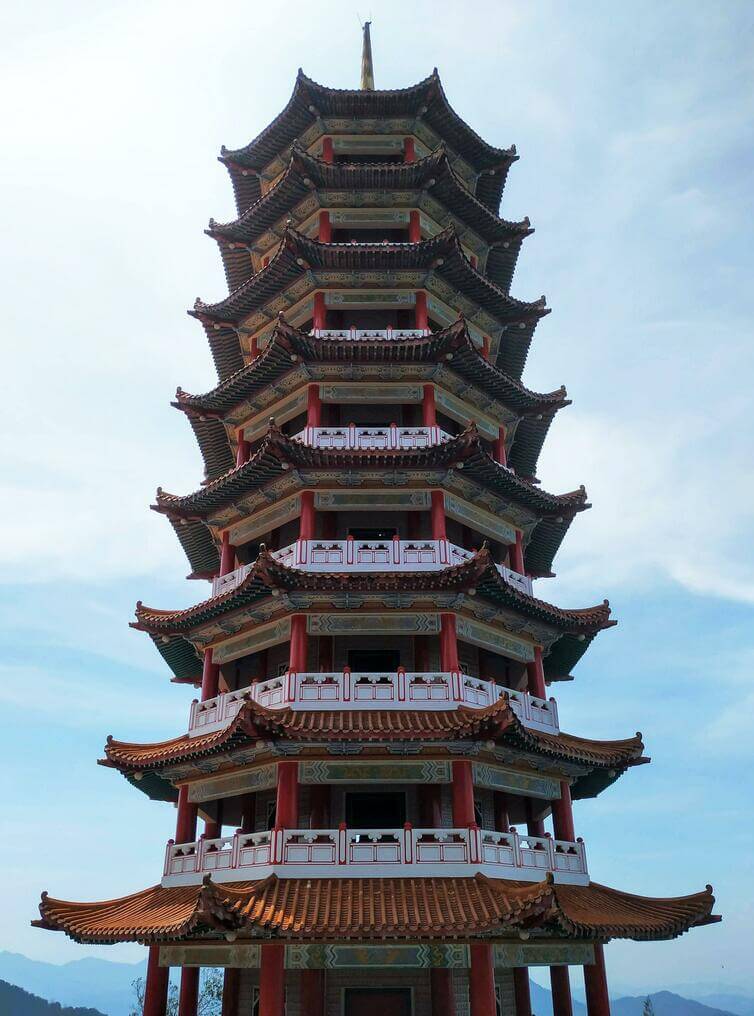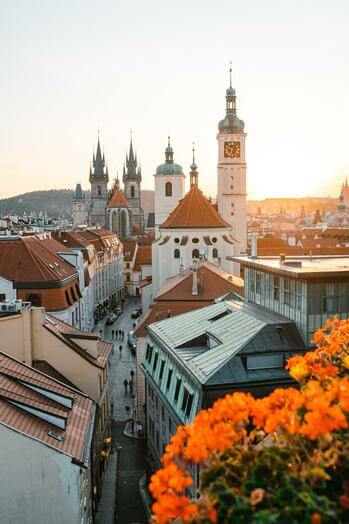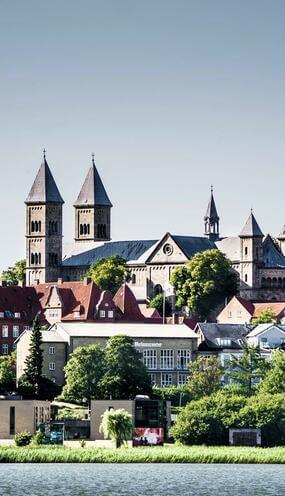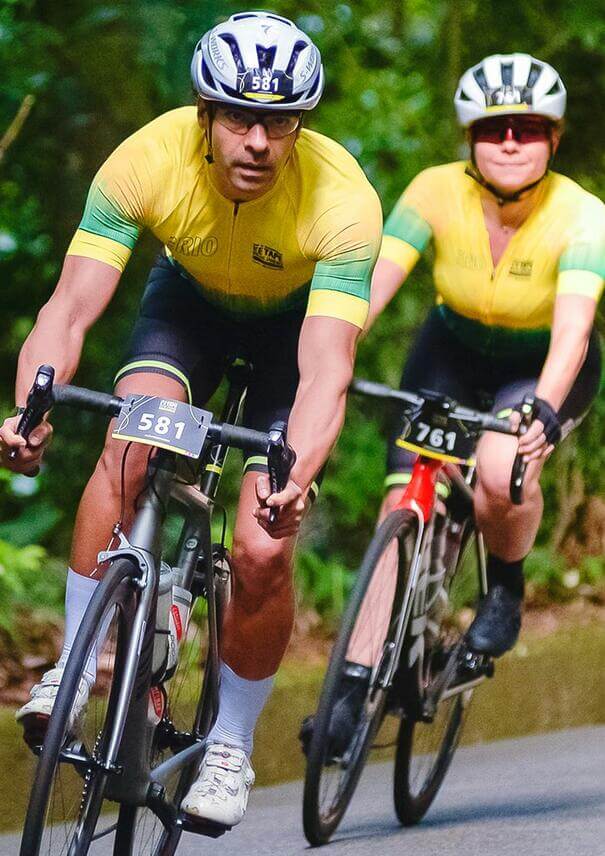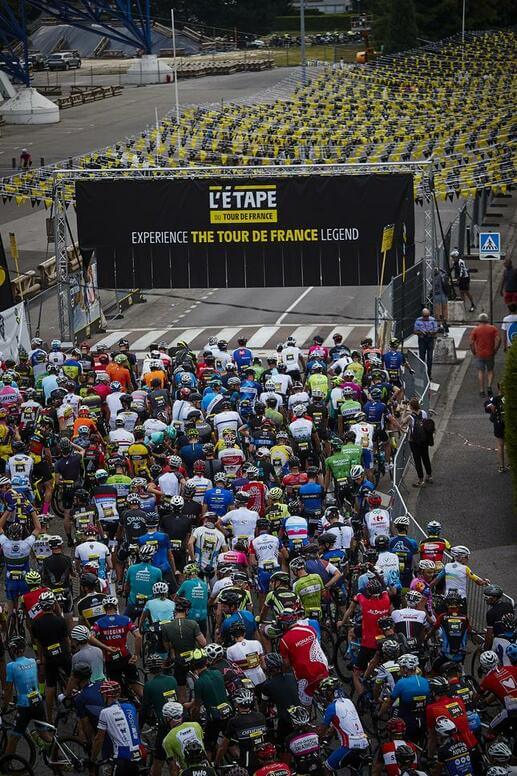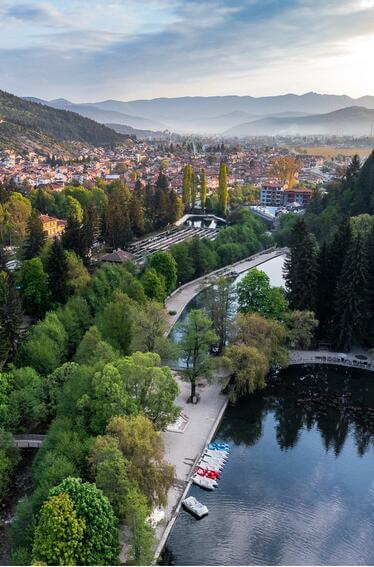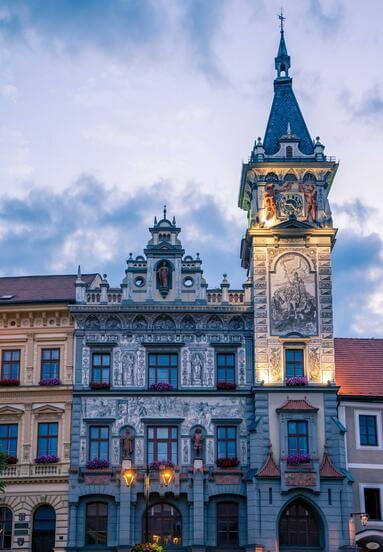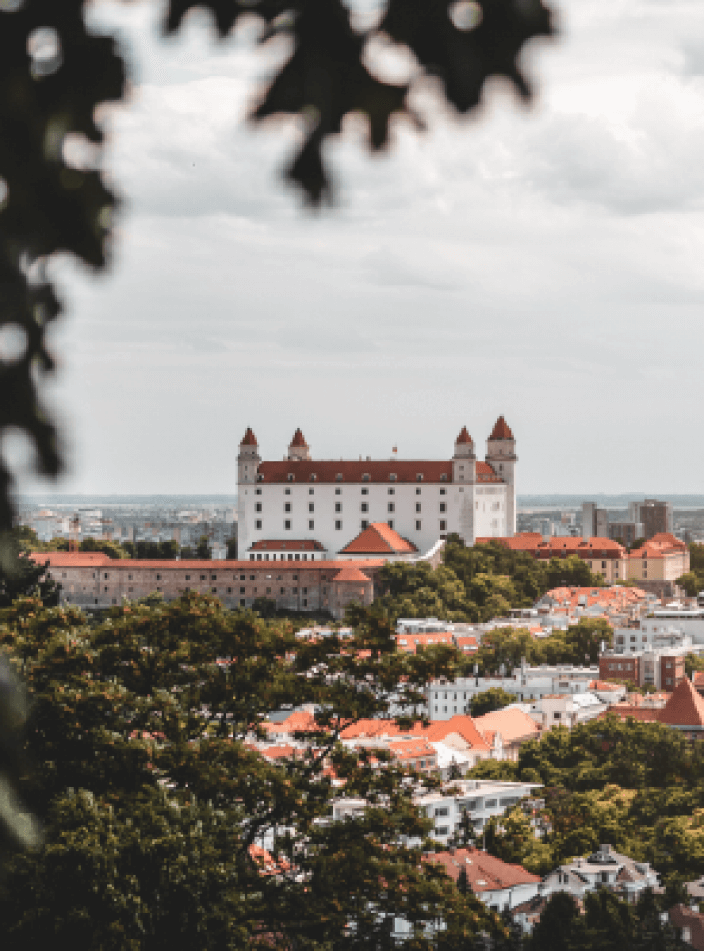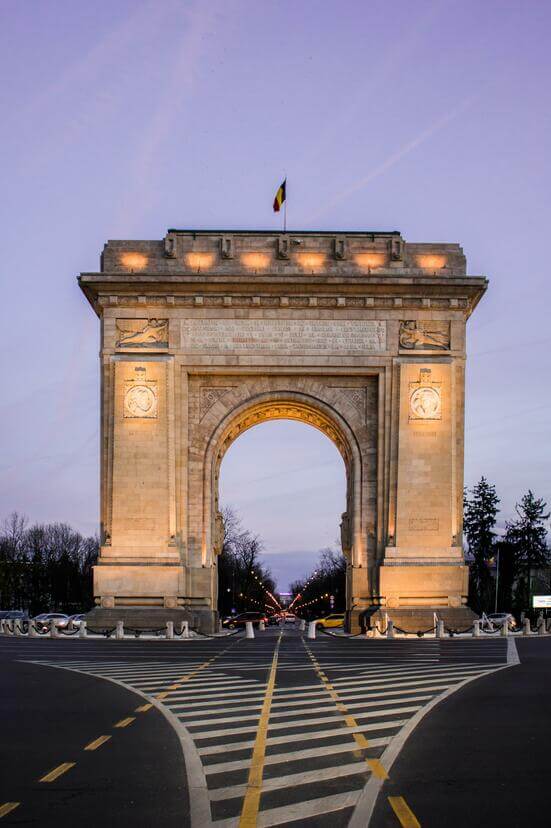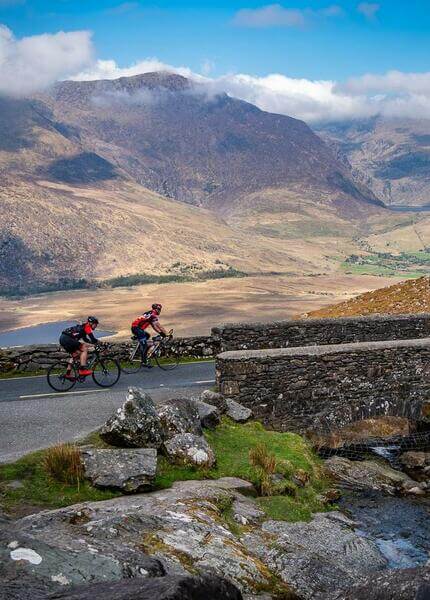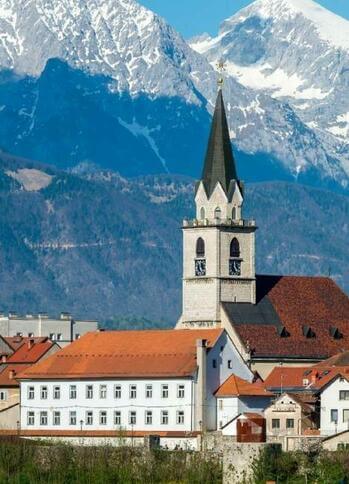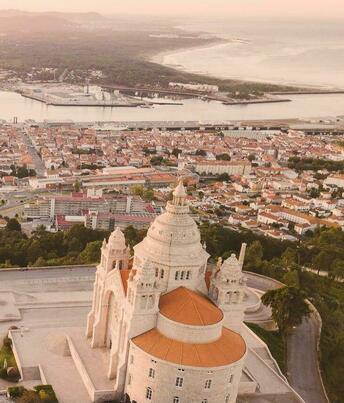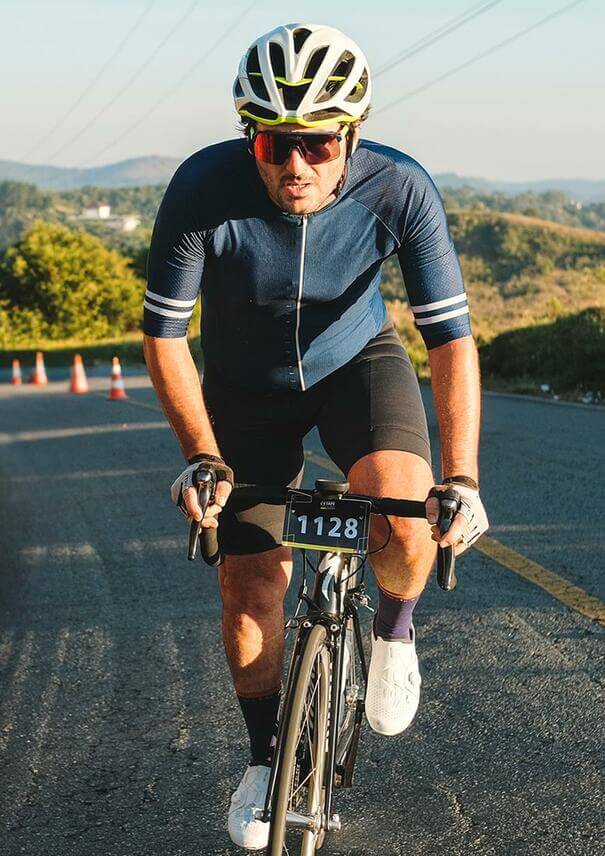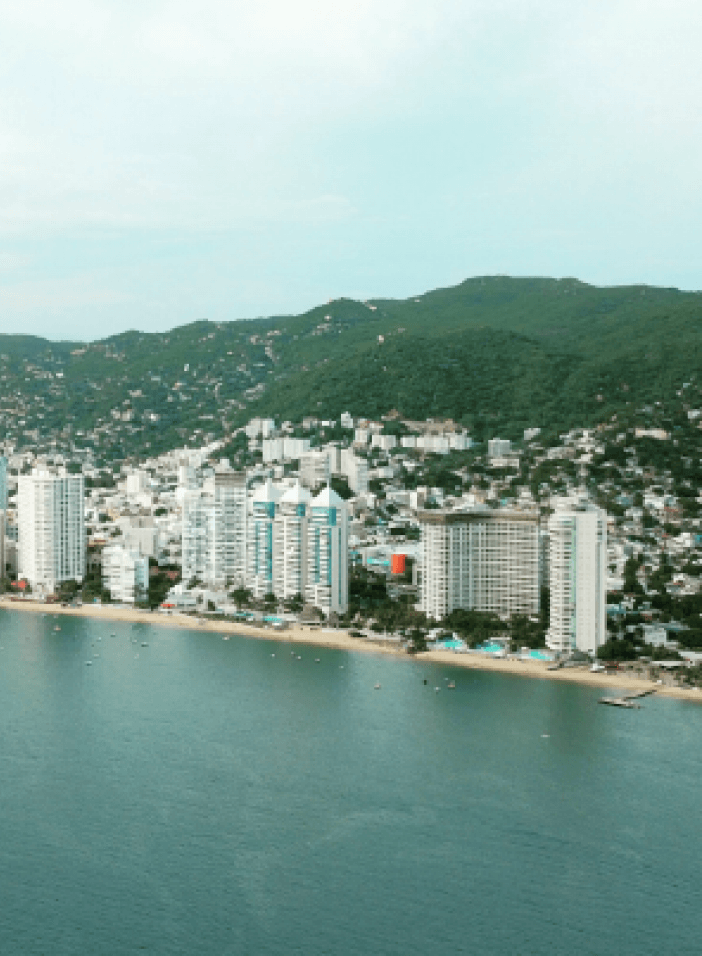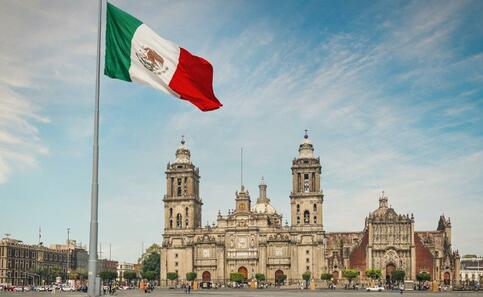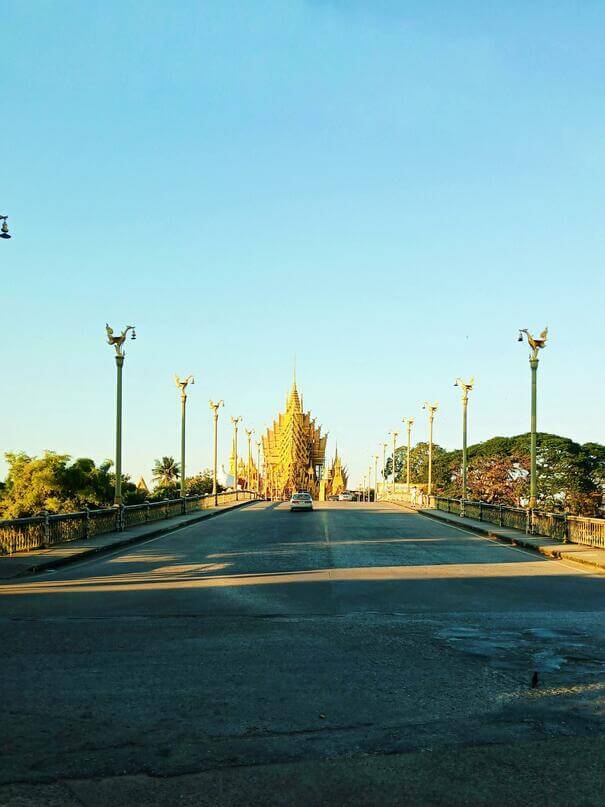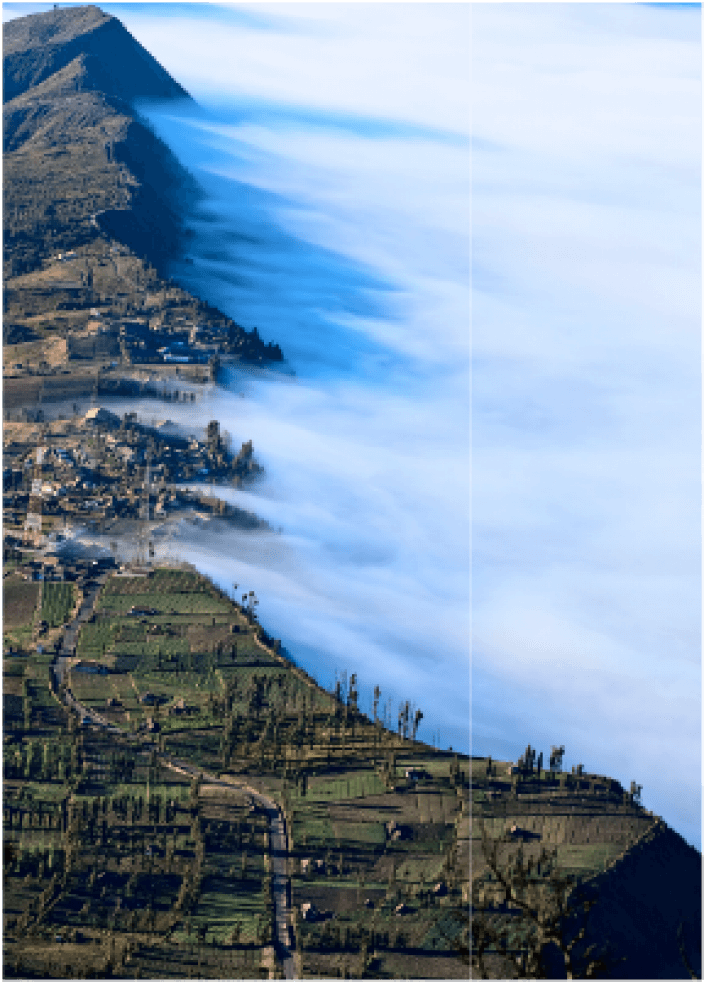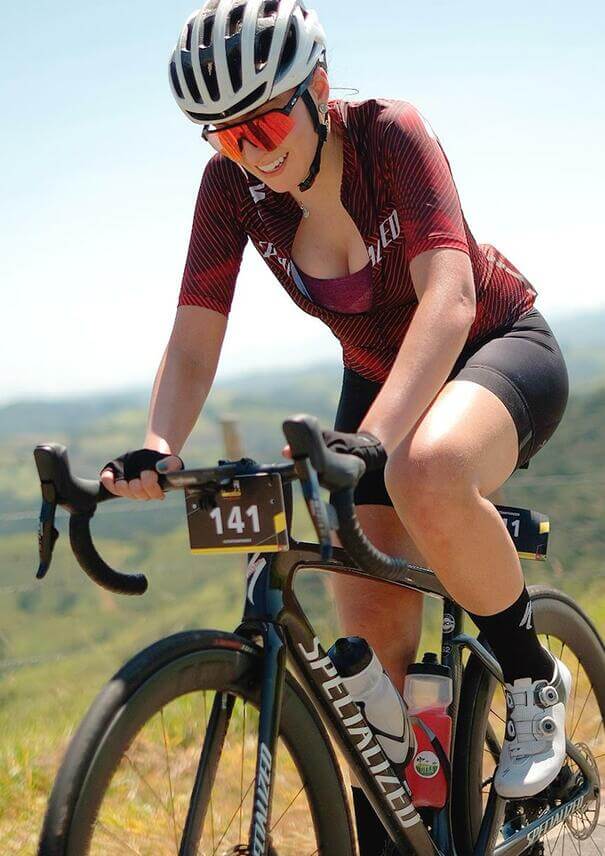At the L'Etape Slovenia event, safety comes first
Excellent cooperation with the Police is key to ensuring the safety of all participants at the highest level
Designing the cycling route for the I feel Slovenia stage cycling event L'Etape Slovenia by Tour de France is a comprehensive process that requires the right protocol. As part of the L'Etape by Tour de France series family, the route should be challenging enough in its longer version (138 km) and just manageable but still relatively challenging in its shorter (70 km) version. Both: the shorter and the longer must provide cyclists with attractive views and offer the pleasure of a "panorama", which of course is not such a big challenge in beautiful green Slovenia, a boutique jewel on the sunny side of the Alps.


We present you with the procedure
With this writing we present you with the procedure that takes place from the side of the Police. When the route of the cycling race is known, the organizer informs the police about it and sends them the route and timetable. Since the route runs along roads that adapt to the varied topography of the landscape, some sections are more challenging and dangerous, so together with the police representatives, we find a common solution that ensures safety, but still maintains interesting, while at the same time does not endanger the rest of the traffic.
First, we need to send timelines, after that a thorough inspection of the route follows. Based on that we determine workplaces, the number of necessary directors and police officers, we must also mark more dangerous points with additional signs and safe solutions are to be found. There are also places for a larger number of fans, which give the L'Etape Slovenia event a special charm and co-create the atmosphere of the Tour de France.
At the premiere event, the locals of Podblica and the gathered fans on this part of the route created an unforgettable atmosphere of the race. However, it is also necessary to ensure safety in such places - that the route can still be used by cyclists for cycling during the rush of fan enthusiasm.
Each cycle race, even if it takes place on the same roads, presents a challenge and is a story in itself. Every time there are different conditions on the road, e.g., the number of vehicles, the drivers themselves, different weather conditions, the course of the bicycle race. There are many factors that make racing and protection different. We always try to adapt to this. I think it is important to establish good cooperation and communication with the organizer and to exchange information throughout: before, during and after the race. With good preparation and cooperation, we reduce the risk for all participants in the race" Matjaž Leskovar, Senior Police Inspector, Traffic Police Division
The police also prepare for such events, as every year, together with the Cycling Association of Slovenia, they conduct training for all drivers participating in cycling races; also for police officers, motorcyclists and drivers of police vehicles. Knowledge of the sport is essential for a good performance of tasks, as well as knowledge of the rules that apply within the race, which are coordinated by the International Cycling Union (UCI).
Road closures always represent the biggest challenge, how to make the race as safe as possible, how to prevent drivers from driving onto the track during the closure. We find that many drivers still do not know the traffic rules. They do not know the signs of police officers and obligations when meeting an escort vehicle (red-blue light).
For the race itself, cooperation is key and includes a large number of stakeholders. Finally, informing the local population in time about road closures and other traffic restrictions on race day is equally important. The key is tolerance. Tolerance and awareness of coexistence in traffic.
And Leskovar's advice to all road users:
Road users who come across an event on the road should be patient and follow the instructions of the police officers and directors.


